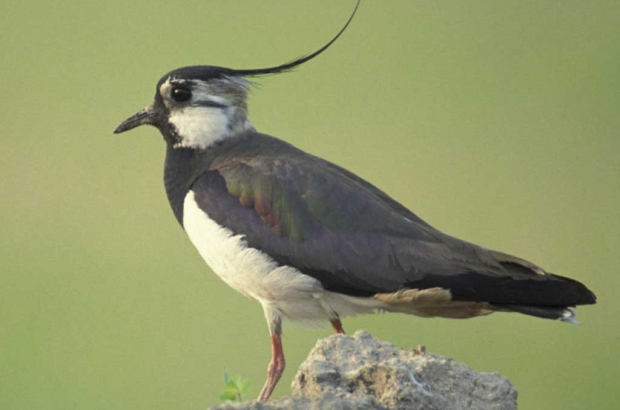- Daily & Weekly newsletters
- Buy & download The Bulletin
- Comment on our articles
Intensive farming leads to 60% fewer birds in Belgium, reveals biodiversity report
In the last 30 years, biodiversity in Belgium has increased very slightly, but there are important differences between the varying species and habitats. That is the message of a comprehensive study published by a range of organisations including WWF, Natagora, Natuurpunt and the Belgian Biodiversity Platform.
The report is notable in using, for the first time, the Living Planet Index (Index Planète Vivante or IPV). This indicator measured the average variation in the population size of 283 species of birds, mammals, amphibians, reptiles and insects in Belgium between 1990 and 2018.
There was much to be pleased about in the report – which recorded a 0.2% overall rise in biodiversity. Notably, species from wet zones (marshes, streams and backwaters) increased by around 47.6%. In open areas like meadows and commons, the rise in species including crickets, butterflies or grasshoppers was around 15%.
However, birdlife dropped dramatically, by 60.9% in farmland, which makes up 44% of the country’s total area, the report made clear. Due to degradation and the drying up of soil from increased pesticide use or mechanical ploughing, wildflowers and insects have become increasingly rare, so the birds do not find enough nourishment, the research states.
In forests too, which cover 20% of Belgium, wildlife dropped by around 26.6%. However, some animals like the black stork and middle-spotted woodpecker have made a welcome return.
The report further notes that while intensive farming, deforestation, climate change and the introduction of invasive species in Belgium have taken their toll on biodiversity, ecosystem restoration projects have helped redress the balance. And the return of key species such as the wolf, otter or Eurasian eagle-owl is proof that these efforts to restore nature have not been in vain.
The key to success is a co-ordinated approach between the different levels of power, the report concludes, “that will take into consideration all the advantages that nature brings to society, for the economy, health, safety or tourism.”


















